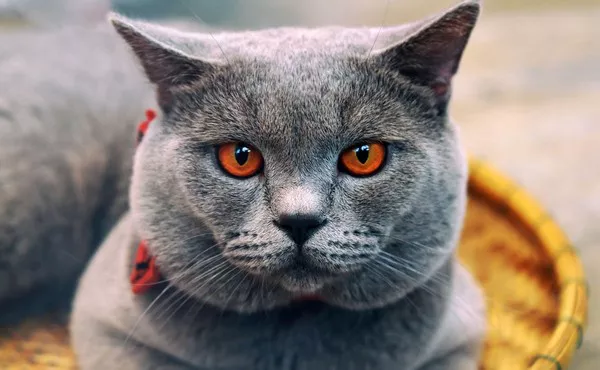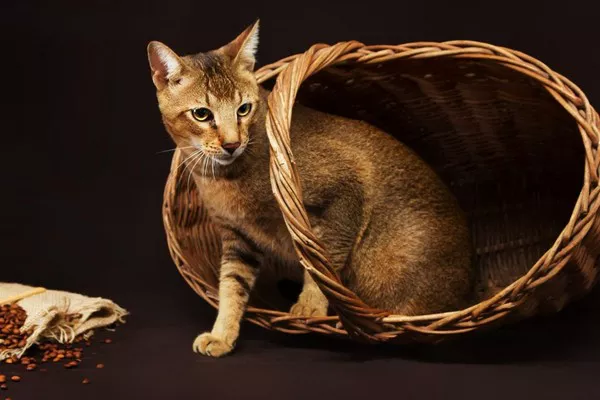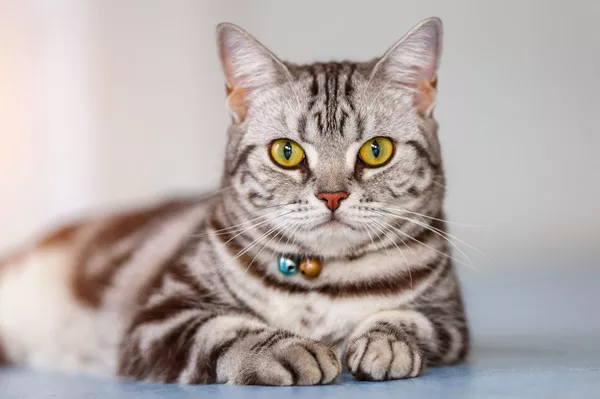Chartreux cats are renowned for their striking appearance, gentle demeanor, and affectionate nature. As beloved companions, these enigmatic felines captivate the hearts of cat enthusiasts worldwide. However, like all breeds, Chartreux cats undergo developmental stages that influence their behavior and temperament. In this article, we explore the question of when Chartreux cats calm down, shedding light on the factors that contribute to their transition into tranquility. Additionally, we provide valuable training tips to help cat owners navigate this phase and foster a harmonious relationship with their Chartreux companions.
Understanding the Developmental Phases of Chartreux Cats
Before discussing when Chartreux cats calm down, it’s essential to understand their developmental stages and behavioral patterns:
Kittenhood: During the early months of life, Chartreux kittens are known for their playful and energetic nature. They explore their environment, engage in social interactions, and learn important life skills through play.
Adolescence: As Chartreux cats enter adolescence, typically between six months to two years of age, they may exhibit increased independence, curiosity, and assertiveness. This phase is characterized by exploratory behavior and boundary-testing as they transition into adulthood.
Adulthood: By around two to three years of age, Chartreux cats typically reach adulthood and begin to display more settled behavior. They become more predictable in their routines, develop strong bonds with their human companions, and demonstrate a calm and affectionate demeanor.
Factors Influencing the Calming Down Process
Several factors can influence when Chartreux cats calm down and transition into a more serene state:
Genetics: The genetic makeup of Chartreux cats plays a significant role in determining their temperament and behavior. While the breed is known for its gentle and affectionate nature, individual variations may occur based on genetic factors inherited from their parents.
Socialization: Proper socialization during kittenhood is crucial for shaping the behavior and temperament of Chartreux cats. Exposing them to various people, animals, and environments helps them develop confidence, resilience, and adaptability, contributing to a calm and well-adjusted adult cat.
Environment: The environment in which a Chartreux cat is raised can impact their behavior and stress levels. Providing a safe, stimulating, and enriching environment with plenty of opportunities for exercise, play, and mental stimulation promotes emotional well-being and contributes to a calm and contented cat.
Training Tips for Fostering a Calm Chartreux Cat
While Chartreux cats are naturally inclined towards a calm and affectionate demeanor, proactive training and positive reinforcement techniques can further enhance their behavior and strengthen the bond with their owners:
Establish Routines: Consistency is key when it comes to training Chartreux cats. Establishing regular feeding times, play sessions, and grooming routines helps create a sense of predictability and stability, reducing anxiety and promoting relaxation.
Positive Reinforcement: Rewarding desirable behaviors with treats, praise, or play encourages Chartreux cats to repeat those behaviors in the future. Positive reinforcement techniques, such as clicker training or target training, can be effective in shaping desired behaviors and minimizing unwanted ones.
Interactive Play: Engaging Chartreux cats in interactive play sessions provides mental stimulation, physical exercise, and bonding opportunities. Toys that mimic natural prey, such as feather wands or laser pointers, allow cats to satisfy their hunting instincts in a safe and controlled manner.
Environmental Enrichment: Enriching the indoor environment with scratching posts, climbing structures, and puzzle toys provides Chartreux cats with outlets for natural behaviors and helps prevent boredom and destructive behaviors. Rotating toys and introducing new stimuli regularly keeps cats mentally stimulated and engaged.
Patience and Understanding: Building a strong relationship with a Chartreux cat requires patience, empathy, and understanding. Recognize that each cat is unique and may require different approaches to training and behavior modification. Be patient and consistent in your interactions, and always prioritize your cat’s welfare and well-being.
Conclusion: Embracing the Tranquil Nature of Chartreux Cats
In conclusion, Chartreux cats are renowned for their calm, affectionate, and gentle nature, making them ideal companions for cat lovers seeking a tranquil feline companion. While the timing of when Chartreux cats calm down may vary based on individual factors and developmental stages, proactive training, socialization, and environmental enrichment can help foster a peaceful and harmonious relationship with these captivating cats. By understanding their unique needs and behaviors and providing a nurturing and supportive environment, cat owners can enjoy the serene companionship of Chartreux cats for years to come.
As guardians of Chartreux cats, it is our privilege to nurture their tranquil spirits and foster a deep bond built on mutual trust, respect, and understanding. Through patient training, positive reinforcement, and a nurturing environment, we can celebrate the serene nature of Chartreux cats and embrace the joy they bring into our lives.
























